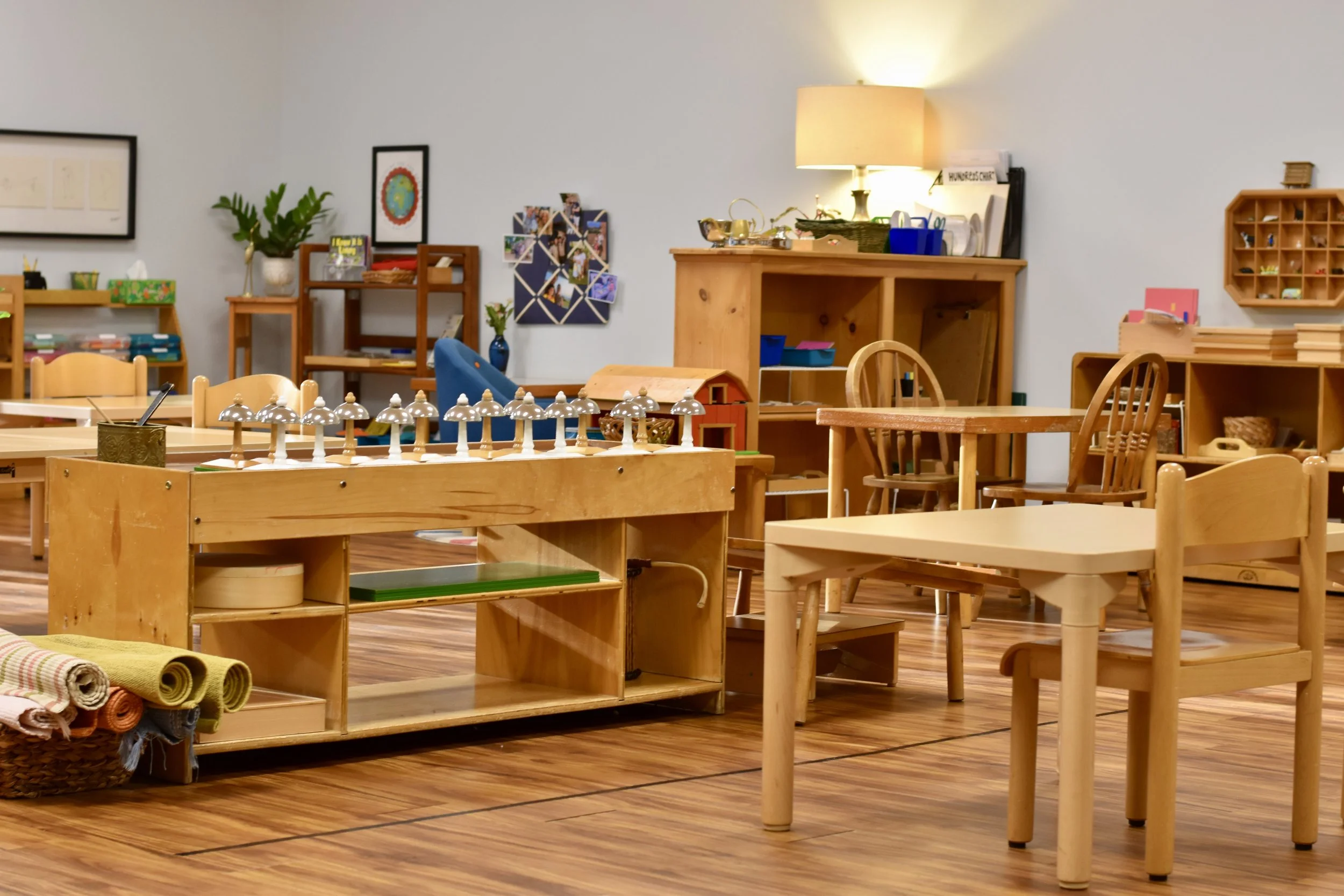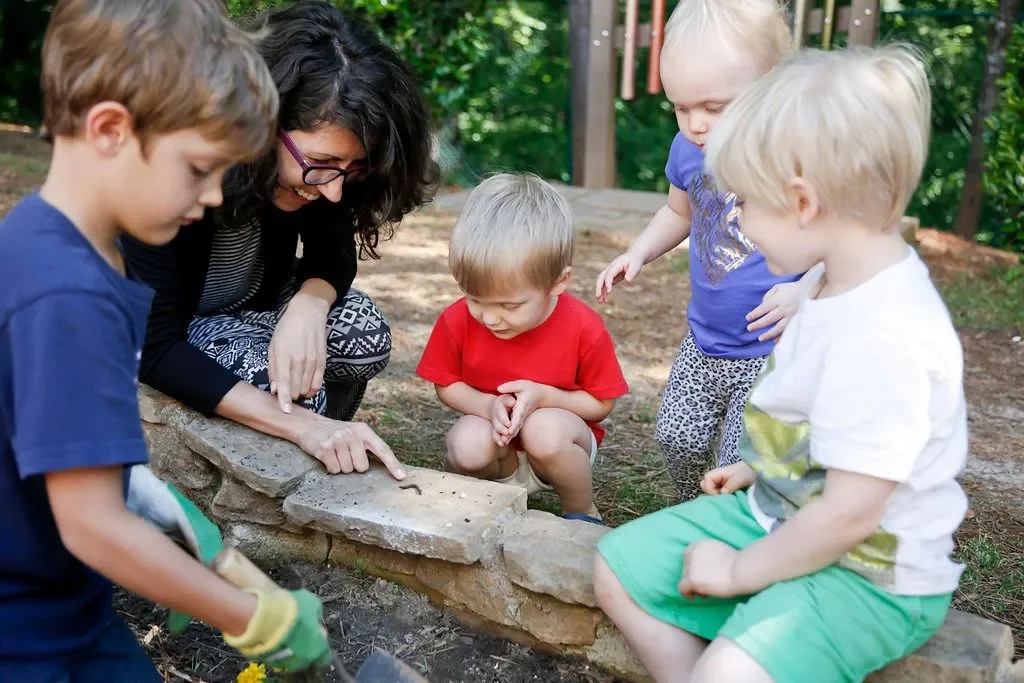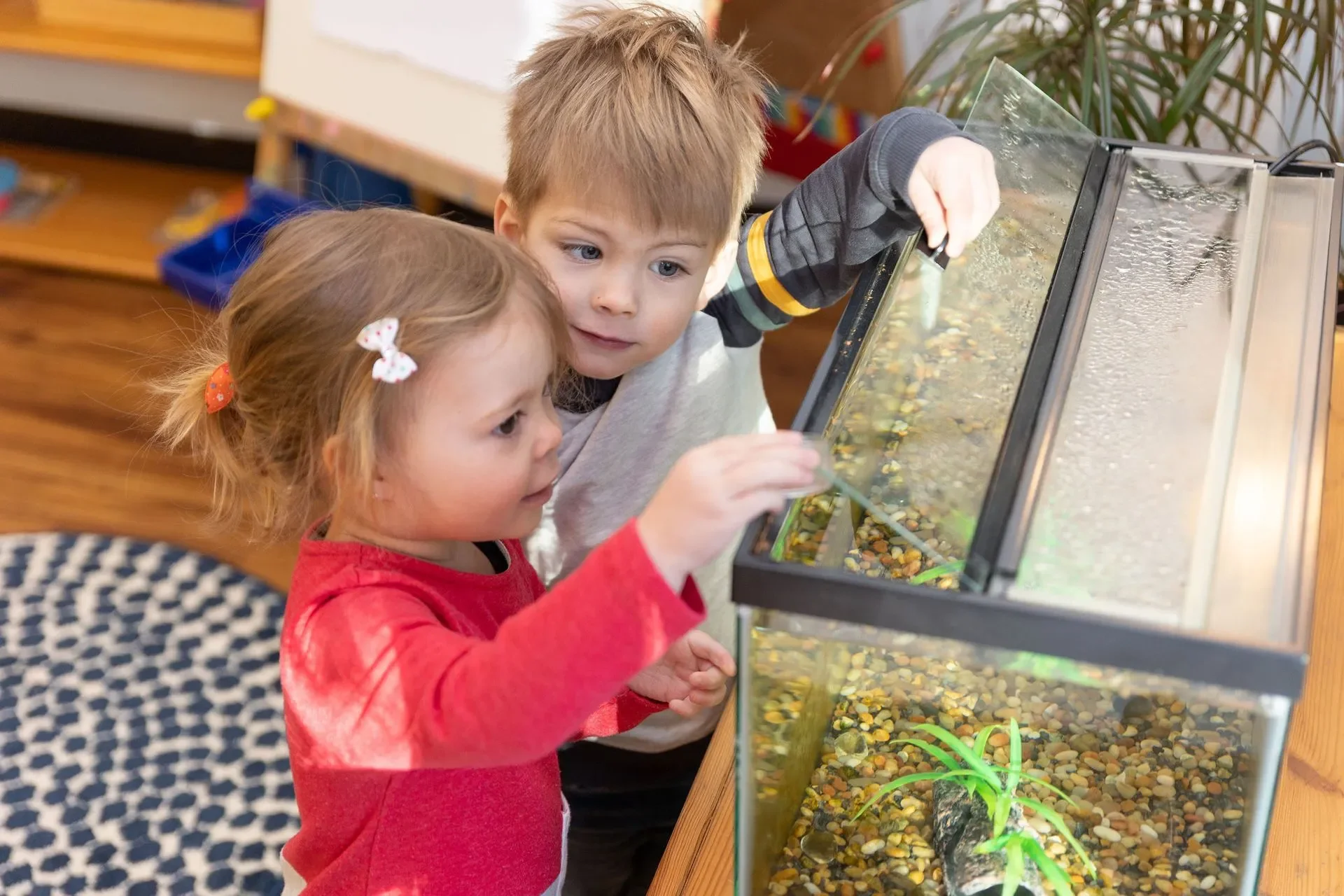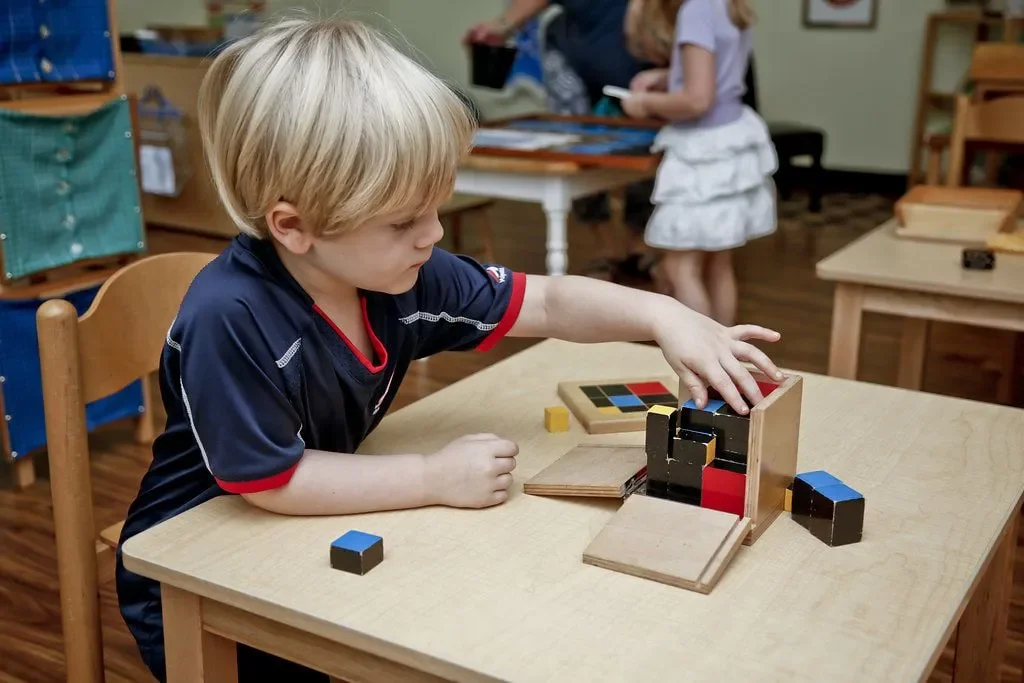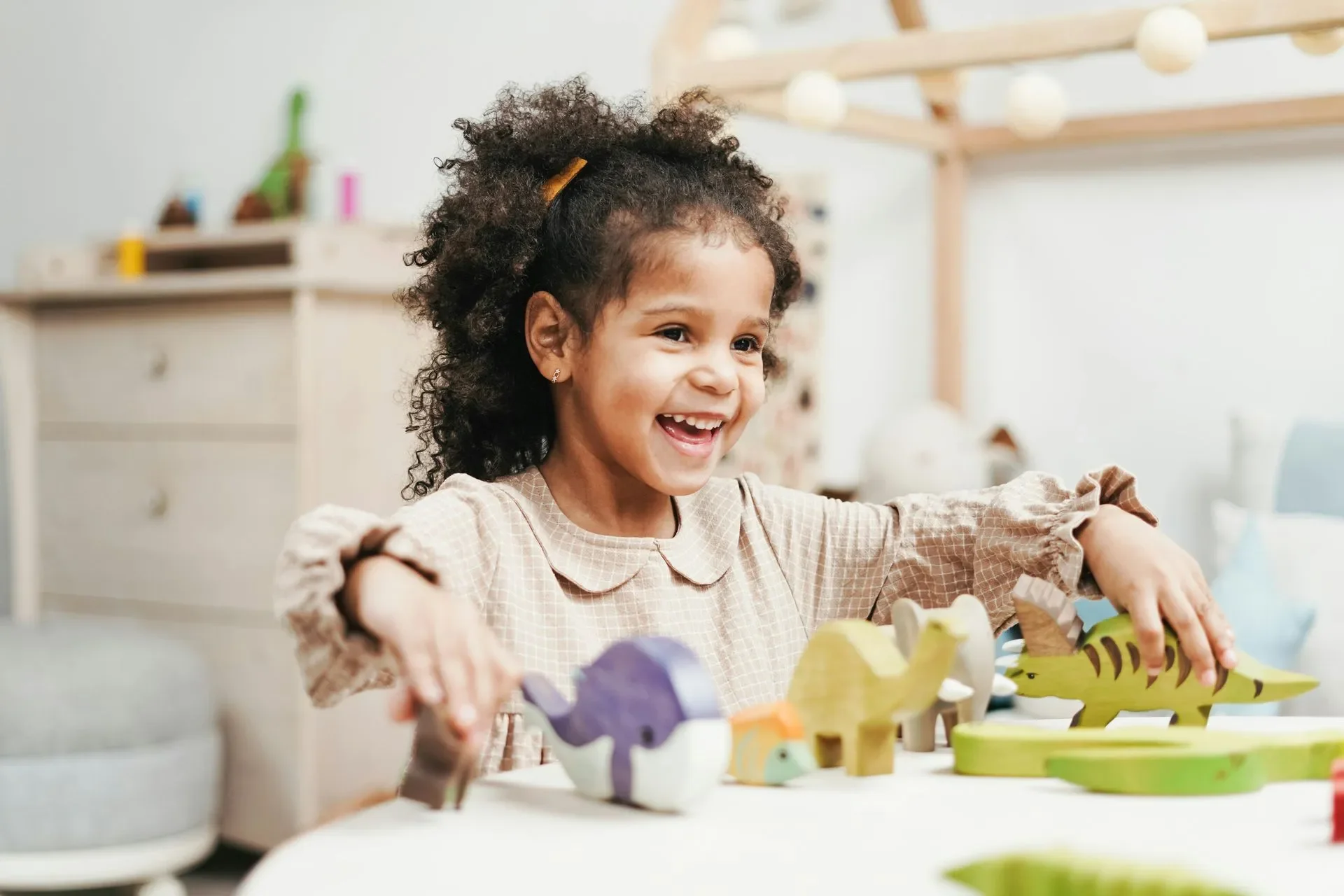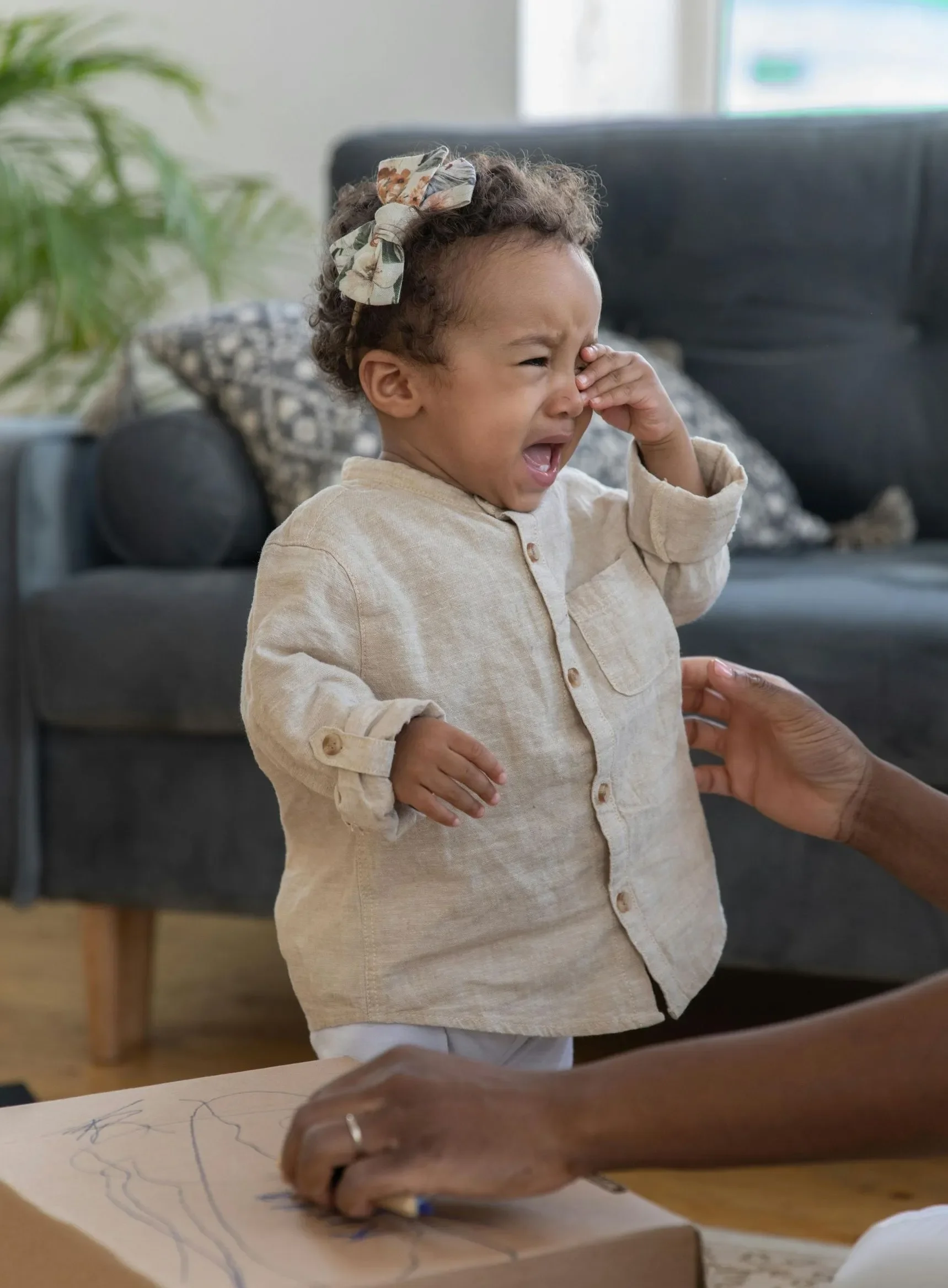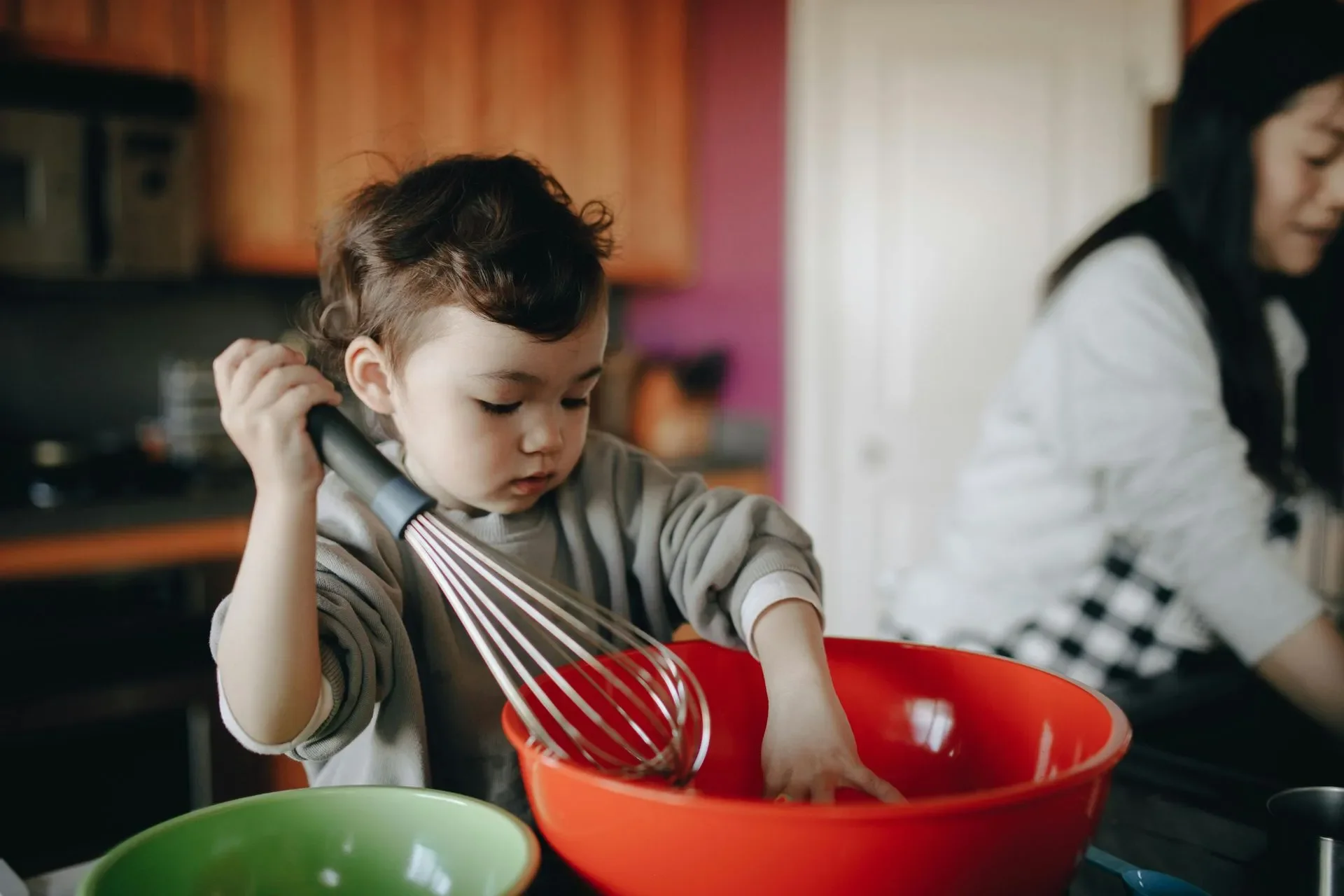A Day in the Life of the Primary Class
The Work Cycle: Deepening Concentration and Independence The heart of the primary day is the uninterrupted work cycle. Children move freely around the classroom, selecting activities from the variety of Montessori materials. Teachers introduce lessons individually or in small groups, tailoring them to each child’s readiness. This enables children to follow their own interests and build their abilities at their own pace. There is no one-size-fits-all curriculum in Montessori. The children are welcome to work with any material they are interested in, as long as they have received a lesson on it and another child is not currently using it. Primary materials are carefully designed to support the development of language, mathematical thinking, sensorial awareness, practical life skills, and cultural understanding. Practical life activities are an important foundation, helping children strengthen coordination, focus, and responsibility through tasks such as polishing metals, pouring liquids, and arranging flowers. Sensorial materials allow children to classify and explore concepts through hands-on experience.
A Day in the Life of the Toddler Community
Welcome to the toddler community! In Montessori, we call classrooms “communities” to reflect the goal of nurturing a social world where children learn to live and grow together. Our toddler community is a delightful world designed especially for little hands and curious, growing minds. When you first step into the classroom, you’ll notice child-height shelves, inviting materials displayed in a well-organized way, beautiful artwork hung at children’s eye level, and plants around the room to bring the outdoors in. Everything in the room is intentionally designed and arranged to invite our youngest children to feel right at home and ready to learn.
Montessori at Home: Extending the Prepared Environment
Montessori is often mistaken as a method that allows children to do whatever they want without rules. On the contrary, Montessori offers children a prepared environment intentionally crafted to meet their developmental needs and foster engaged learning. Within this prepared environment, children have the freedom to explore their interests and advance their development within the limits of the activities provided.
The Importance of Nature in Montessori
Whether at home or in the classroom, there are numerous benefits to integrating nature into your child’s day. Here are a few of our favorite ways:
Take a nature walk, with the intention of noticing or collecting elements like leaves, rocks, flowers, and other things that catch your child’s attention
Give your child a small houseplant to care for, teaching them the responsibility of checking on the leaves and soil to ensure the plant has enough light and water
Add a bird feeder to your outdoor space and invite your child to participate in filling the seed and watching for different types of birds to visit
Visit a botanical garden or zoo to explore plants and animals that you do not regularly see at home
Teach your child how to keep a nature journal where they draw pictures of what they notice in nature
Freedom Within Limits: Discipline and Taming Tantrums in the Montessori Tradition
In the early childhood years, young children often have tumultuous emotional outbursts. Between the ages of birth to five, children learn the complex skill of emotion regulation through the example of caregivers. As their emotions and vocabulary develop, children must simultaneously learn how to manage their strong feelings and gain the words to express how they feel. It’s no small task!
The Montessori tradition offers a structure of freedom within limits to help caregivers navigate discipline and tantrum management in the early years. Rooted in respect for each child’s individuality and independence, the Montessori approach to discipline is based on setting expectations and boundaries for your child.
Our Traditions
The beauty of tradition is that it weaves a thread throughout our memories that can be carried on from generation to generation. For the almost 30 years since our school doors opened, there are a few lasting traditions that our students and parents hold dear as part of their school year experience. The shared rituals, celebrations, and events create lasting bonds among our students, teachers, and parents. Here are a few of our favorite traditions that we repeat year after year:
Media Use in Early Childhood
Technology is useful, but not essential, for young children. Whether or not your family chooses to engage with technology in the home is a personal decision. Evaluating your unique family situation and values is important to determine whether and how technology fits in. There is a distinct difference between intentional, mindful media use that contributes to a child’s knowledge and development and habitual media use without a clear benefit to the child. It’s necessary to carefully consider the impact of our technological choices on growing young minds. In the same way that Montessori materials are introduced to children with a set of lessons, safety precautions, and guidelines, home media use for young children requires a knowledgeable guide. Parents play an essential role in shaping children’s media literacy and guiding them to learn healthy boundaries around using technology as a tool.
The Essential Importance of Reading Together
Book reading is beneficial for children of all ages, starting from birth. Listening to stories helps children grow their emergent literacy skills even long before they can speak. Research shows that reading aloud to children, ideally daily, supports a love of literacy, advanced language development, and future ability to read independently. Additionally, taking the time to read storybooks aloud together also enhances the parent-child bond and supports a variety of cognitive and social-emotional skills, including critical thinking and emotional resilience.
Children's Work
In the Montessori classroom, children are presented with materials to guide their purposeful, self-directed learning. These range from practical life materials, which help the children learn skills in daily self-care, courtesy and manners, controlling their movements, and caring for their environment. Children work diligently and happily to arrange flowers, wash windows, slice fruit, polish silverware, set the table, and join together as a community to learn manners and courtesy toward each other. Each task offers a specific competency that children can master as they develop. Often, they will take full responsibility for pets and plants in the classroom, working together to keep them happy and healthy.
Montessori Math
What do you remember about learning math? Many adults remember math being frustrating or tricky to understand, and this feeling often lasts into adulthood. But math is central to everyday life and essential to understanding the world. So where is the disconnect? One underlying problem may be how math is traditionally introduced to children. Math education often teaches abstract concepts before children fully understand the foundations and underlying principles.
Montessori Birthdays: Celebrating Life, Growth, and Learning
Known as a “Montessori Birthday Walk” or “Walk Around the Sun” ceremony, the Montessori birthday tradition honors each year of a child’s life and development as they age. In the Montessori classroom, a depiction of the sun is placed in the center of the room and a small candle or light is placed on top. The classroom of children all sit around the sun in a circle while the birthday child stands and holds a globe or representation of the Earth. Just like the Earth completes one orbit around the sun each year, the birthday child completes one “orbit” around the circle for each year of their life. After each time around the sun, the child, a parent, or caregiver shares memories including photos and stories about that year of the child’s life. For example, after the first “orbit” a parent may share baby photos and stories about the child learning to crawl. The child completes as many orbits as they are years old.
Catechesis of the Good Shepherd
Montessori education emphasizes nurturing the whole child, including their early spirituality. Cross of Life Montessori is one of the few accredited Montessori schools that utilizes the Catechesis of the Good Shepherd (CGS) curriculum to foster children’s spiritual development. CGS combines hands-on learning in a carefully prepared environment with rich spiritual traditions to invite children deeper into their personal relationships with God. We are delighted to be able to offer CGS as part of our students’ weekly lives at school!
Limiting Options for Children: Avoiding Too Many Toys in the Playroom
What comes to mind when you imagine a playroom? Often, people envision a room scattered with so many toys that you can hardly see the floor. Legos, puzzle pieces, stuffed animals, train tracks, and countless other toys fill the room to the brim. On their own, most of these toys can contribute to child development in a beneficial way. But pile them all on top of each other in a toy box and many of the benefits are lost in the clutter.
The Power of Routine for Young Children
Children thrive on predictability and consistency. One important element of consistency, especially for young children, is a predictable daily routine. Routines give children a sense of control and help them to feel emotionally secure. In the same way that an ordered environment is essential for success in the Montessori classroom, an ordered day lays a foundation of peace and security for toddlers and preschoolers. Routines allow children to know what to expect and to independently initiate preparing themselves and their environment for what is coming next.
Co-Regulation: Guiding Big Emotions with Calm and Connection
It’s no secret that little ones often have intensely big feelings. We’ve all witnessed an emotional outburst common during the “terrible twos” and “threenager” years. Watching your toddler melt into a puddle of sobs can be incredibly frustrating if you don’t understand the root cause. Luckily, there are some clear explanations for what is happening in your child’s brain and concrete strategies you can use to help children learn to regulate their emotions.
Reality Before Fantasy: A Montessori Perspective on Play
Play is a cornerstone of childhood. Beyond providing entertainment and enjoyment for children, play is also vital for learning and development. Children develop cognitively, socially, emotionally, and physically through play and build essential life skills. While there is no question about the value of play, different approaches to early education define and emphasize play in their own way.
What to Expect When Your Child Starts School
Starting school is one of the biggest milestones in a child’s early life. For children entering Montessori school, this transition can come as early as the second year of life. The first few weeks in a new school or class are an exciting time of growth and adjustment that can also come with some big feelings (for parents and kids alike!). Having clear expectations and open conversation with your child can help the transition go smoothly for everyone.
About Montessori
Montessori education offers a unique experience designed to help children maximize their potential; an educational environment that is purposefully designed to meet their developmental needs. Working in an optimally prepared environment, the trained adult will observe and connect the children with exactly what they need at that very moment to thrive. A school is a group of people who come together with a common purpose; education is the experience that your child has with these people. Montessori education is known as an aid to life so their experience will serve them now and for the rest of their life.
What Your Child Will Really Get Out of Montessori
Research comparing children attending Montessori schools with those attending traditional schools was conducted by University of Virginia professor, Dr. Angeline Lillard, and was published in the prestigious journal, Science, in September 2006. The result? Montessori students rated higher on “executive function skills”- skills like selective attention, self-control, problem solving, reasoning and not getting into trouble.

